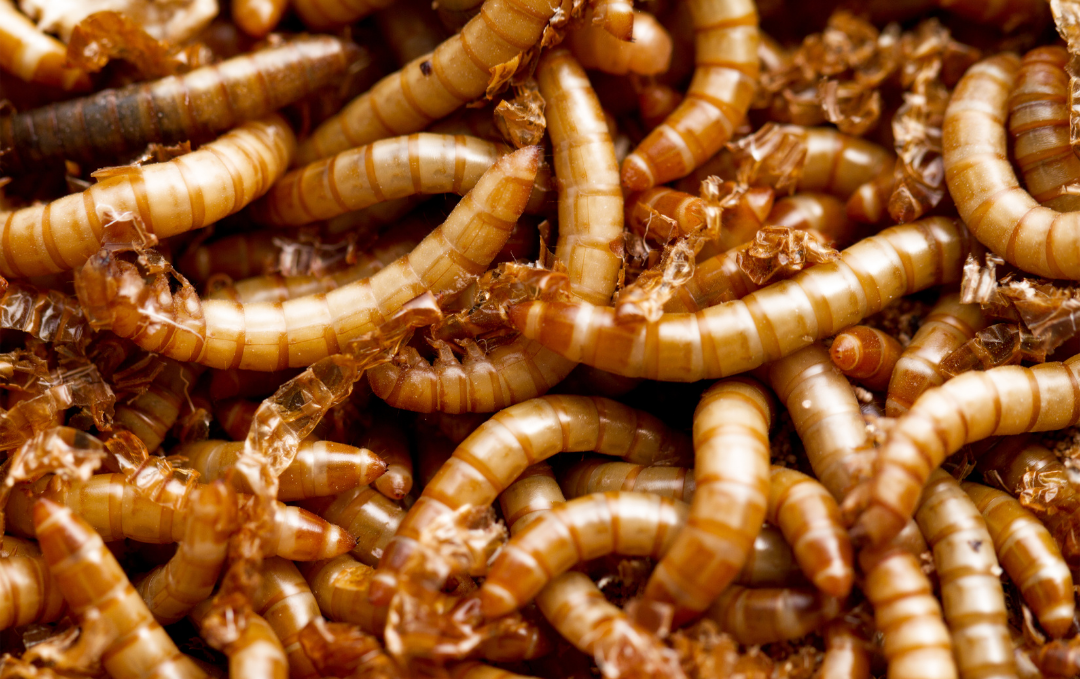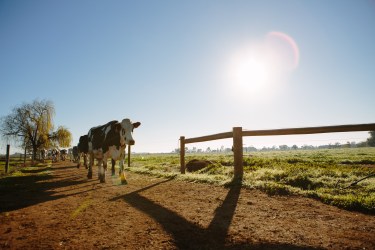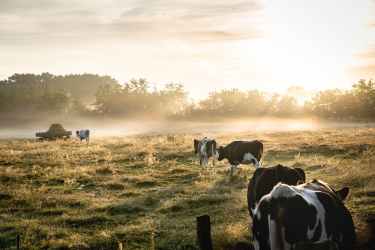By Luca Mariani
It’s not uncommon for insects to get bad press and likely you dismiss them as being a nuisance. Is this bad reputation set to change? Looking at the recent news, I would answer that question with a firm yes.
Looking at the recent research by WWF, in partnership with Tesco, it’s clear that using insects as livestock feed has the potential to cut UK soy use and save habitats. It stated that around 16,000 tonnes of fishmeal and 524,000 tonnes of soy could be replaced by insect meal, which is the equivalent to one-fifth of the UK’s projected soy imports in 2050.
With demand for insect protein predicted to reach 500k tonnes and worth 7,956.7 million USD by 2030, now is the perfect time to think about diversifying into insects.
The selling points of an insect
I can imagine that you have queries and perhaps some concerns, particularly when it comes to understanding the long-term impact of utilising insect meal as a feed source. Not to mention that, as herbivores, it seems unnatural to feed cattle on the likes of locusts, crickets, black soldier flies… the list goes on.
What you need to know, however, is that although it may have to be supplemented with calcium and other nutrients, the body mass of an insect is rich in the proteins and fats animals need. In fact, for pigs and poultry, it has proven to be a viable source of food that not only holds value for the animal but also for the wider environment.
It’s worth noting that not all insects are made equally. Black soldier flies are seen as the future due to their higher feed conversion efficiency. Crickets and mealworms, on the other hand, have lower feed conversion efficiency but higher crude protein, at 67% and 51%.
The selling point of all insects though is that they can thrive on waste products. Take black soldier flies as an example – they can use manure as feed to create a high-quality protein, with the larvae made up of 42% crude protein.
What to consider
Are you starting to look at insects in another light? We should be excited by their possibilities, but like anything, you shouldn’t go into this journey lightly. There are quite a few things to consider when it comes to introducing this feed source.
Firstly, you need to assess your set up. Do you have sufficient space or perhaps any sheds lying empty that could be used to house the insects? This needs to be a warm environment so they can prosper.
Secondly, you should ask yourself what you will feed the insects. As mentioned, black soldier flies can eat manure, but you must be careful. You need to ensure you’re not using manure that contains insecticides.
If you are looking into crickets and meal worms, can you source pre-consumer vegetables? Ensuring your inputs are safe is key, as bioaccumulation of arsenic and heavy metals can be a concern with insect feeds.
That’s not all you have to think about. It’s not just a case of grabbing a handful and putting them into a feed trough; you’ll need to think about how to process them. Do you have access to blanching equipment, a freezer or a drying machine?
Which markets buy insects?
The commercial viability of insect farming doesn’t only rely on its use as animal feed. Crickets and mealworms are already rising as food for humans. There are many insect entrepreneurs in the UK, offering insect chocolate bars and protein powders.
Insect oil could also be another viable product. Insect oils contain essential fatty acids such as oleic acid, linoleic acid and linolenic acid. This could be extracted from the insect and their hulls sold as animal feed. Black soldier oils are said to have a fruity pleasant aroma, while other oils like those from cockroaches are said to be more foul smelling. These oils could also possibly be used in paints and lubricants.
Let’s not forget that insects’ exoskeletons are rich in chitin; this is another product that could be sold by insect farmers. Chemically modified chitin can be used in food processing to make edible films and as an additive to thicken and stabilise foods and food emulsions.
A circular food system
There is a definite need for more sustainable feeds with agriculture coming under pressure to lower our carbon footprint. Insects provide a way for us to do that, creating a way to utilise waste products to make our food systems more circular.
Don’t just view them as animal food either; they provide many different market opportunities for farmers. Yes, there are still many unanswered questions when it comes to insect farming, but it’s certainly one to keep an eye on in the coming years. It could be the food of the future!







